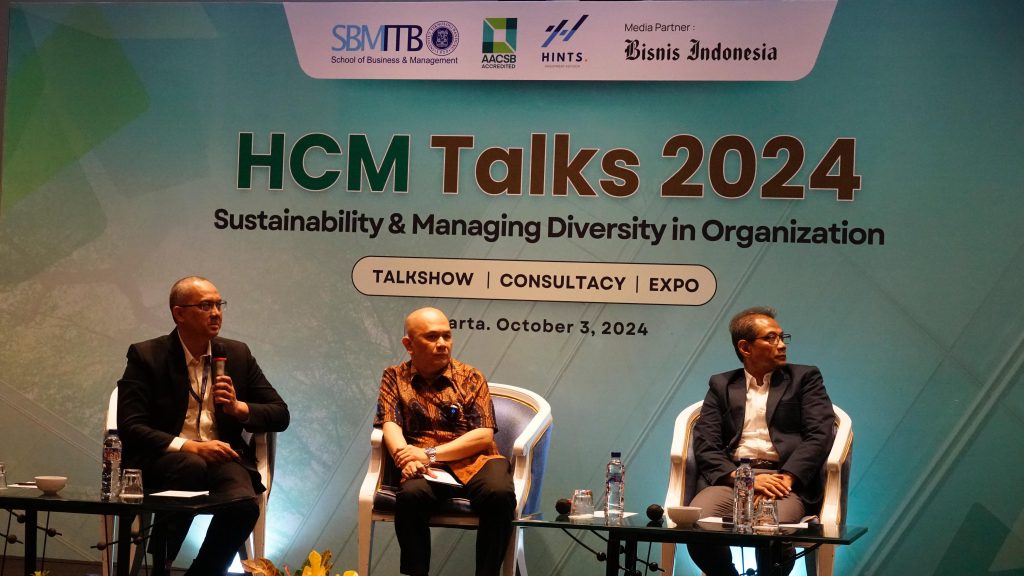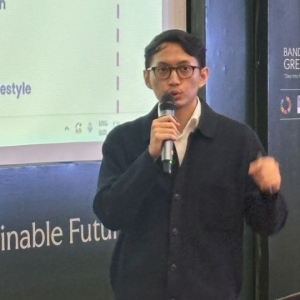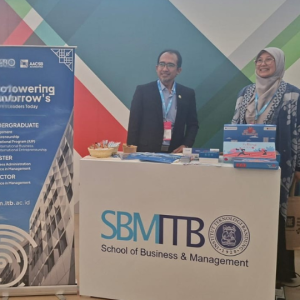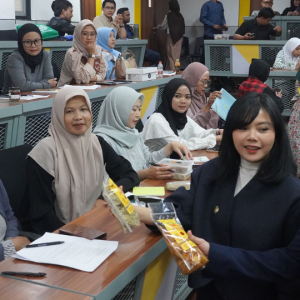Decision-makers in companies often face difficult and conflicting alternatives. Given the complexity of these situations, the concept of an Ambidextrous Organization—a balanced organization—should be introduced for the benefit and long-term sustainability of the business.
Dr. Jaka Purwanto, Advisor at PT Toyota Motor Manufacturing Indonesia, explained that an Ambidextrous Organization refers to the ability to balance two different, sometimes even conflicting, objectives while still achieving equally successful outcomes.
“Decision-makers are frequently in situations where they must maximize both operational excellence and growth. It’s akin to using both the left and right hands simultaneously to achieve different goals with maximum results,” Jaka said.
Jaka was one of the speakers at the Human Capital Management Talks in Jakarta on Thursday (3/10). The discussion was organized by the SBM ITB, in collaboration with 50 human resource leaders from various prominent companies in Indonesia. The aim was to raise awareness about the Ambidextrous Organization concept.
In an ambidextrous organization, the key is balance. This balance is not about how much is spent on resources, but rather about fulfilling the needs required to achieve optimal performance, ensuring the company remains competitive, relevant, and sustainable while continuing to grow.
Prof. Dr. Aurik Gustomo, S.T, M.T., Professor of People Development at SBM ITB, emphasized that an ambidextrous organization also refers to the company’s structural readiness to handle business challenges. He stressed that companies must excel in productivity, speed, and creativity, although the specifics vary by industry.
“Essentially, the question every organization should ask is, ‘Is the company’s structure suitable for the business challenges it faces?'” Aurik explained. “Structurally, solutions must continue to evolve to remain relevant to the broader community.”
Leaders are often torn between two opposing forces: efficiency and growth. Efficiency focuses on execution and implementing best practices that have been developed over time, typically achieved through continuous improvement at all levels of the organization.
In contrast, company growth is generally centered on market expansion and innovation. This requires a more decentralized, entrepreneurial approach that embraces challenges, risks, and the acquisition of resources.

Jaka pointed out that consumer preferences in the motor vehicle industry are shifting. While ownership was once the primary focus, consumers now prioritize utility value. This shift represents an opportunity that must be managed by developing new products that address the evolving needs of both consumers and society at large.
He noted that Toyota has developed a wide range of technologies for motor vehicles, from hybrid and electric vehicles to hydrogen-based options. Despite the extensive research and development efforts, Toyota’s approach remains rooted in consumer needs.
“Technology is not the end goal, but part of the journey. We must ensure we meet consumers’ needs rather than pushing products we’ve already developed onto them,” Jaka concluded.






